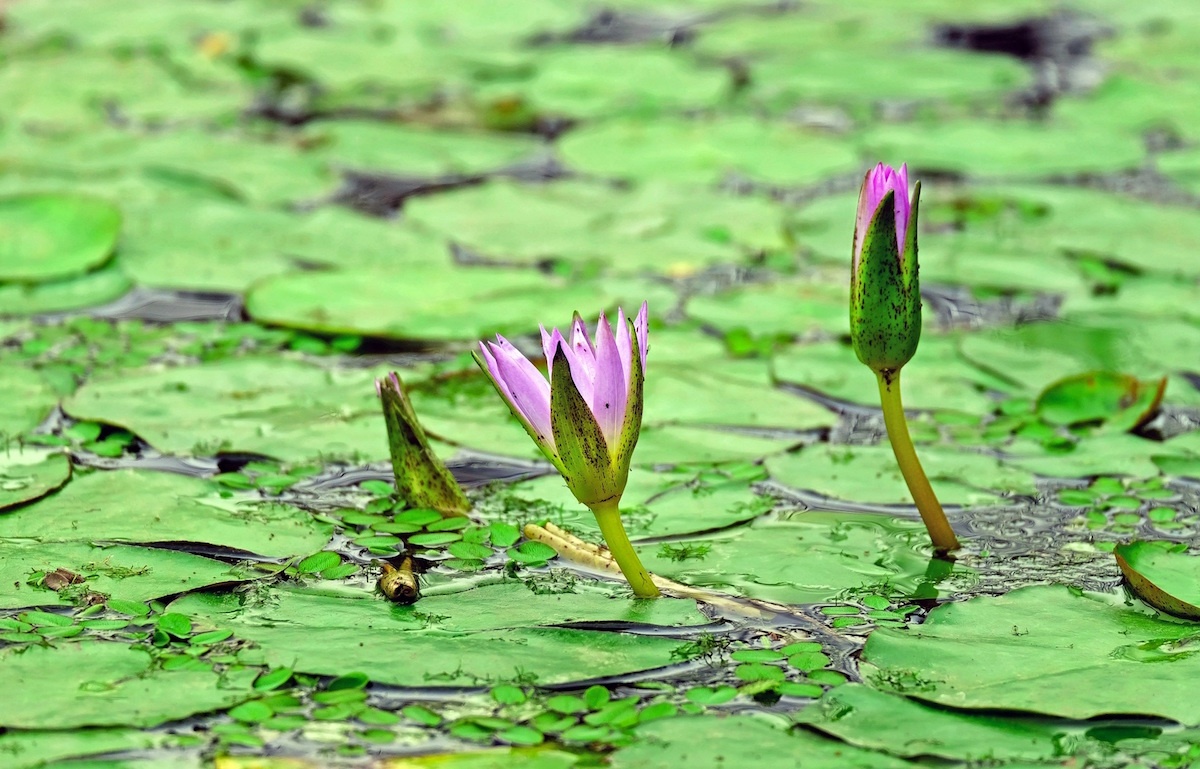The desire for balance is a common theme for the modern American adult. Whether we realize it or not, we’re always striving to strike some sort of balance in our lives. We aim to find a work-life balance so we can be successful in our careers and still enjoy life. We try to balance togetherness and independence in our relationships, so we can connect with our partners and not lose ourselves in the process. We seek to balance our masculine and feminine energies, so we can allow for the expression of both sides of ourselves. We look for ways to balance how we spend our time, so we can accomplish tasks but also rest when we need it. We try to be balanced about our diets, so we can take care of our health but still eat the things we like. The struggle is real, and it’s everywhere in our lives.
My work is heavily influenced by traditions that emphasize the importance of balance, so I’m always interested in how this manifests in people’s lives. It’s easy to get overwhelmed by the many demands on our time and energy, and it isn’t uncommon to think that balance is a luxury or something we’ll get around to later. But living in a balanced way supports our psychological, emotional, and physical health; and the truth is, we’re far more capable of achieving it than we tend to think. To realize this, though, we need to shift our understanding of what balance is and how it’s achieved.
A lot of us tend to conceive of balance as something static—something we gain and then keep. But in reality, balance is a dynamic process that’s always flowing. Finding balance in the various ways we live our lives is similar to finding balance in our physical bodies: We don’t reach a perfect state of balance and stay there, fixed and unmoving. When we stand on one leg, for example, we feel our body wobble and sway, tipping in one direction or the other, before correcting itself and coming back to center. Even when we think we’re completely steady in our balance, or can do it without much effort, there’s still movement involved. If you want to see what I mean, stand with both feet planted on the ground and close your eyes. You’ll notice that your body is making many micro-movements to maintain its balanced state. And so it is with the practices we carry out in our lives. There’s always some movement and adjustment involved in keeping ourselves steadily centered.
Once you understand the fluid nature of balance, it’s easier to achieve it. Small, moment-to-moment changes go a long way in getting you there. Here are a few things you can do to start feeling more balanced:
Focus on specific areas in your life that you want to find more balance in, and get clear about what that balance will look like once you’ve achieved it. This will help you get intentional about how you move through your life, shifting and adjusting as you go. Everyone has a different definition of the perfect balance, so figuring yours out is an important place to start
Develop a mindfulness practice. Be attentive to what you’re doing, and practice being aware of yourself from moment to moment. This will allow you to notice when you’re feeling imbalanced, so you can make whatever adjustments are needed. One moment you might need to take a few deep breaths or go for a jog. Another moment you might need to step it up and apply yourself to completing a few tasks. Whatever needs to happen at any particular moment to achieve that balance, you’ll be attuned to it through your mindfulness practice.
Spend time with people you think strike an optimal balance in their lives. Notice and ask about the things they do to find that balance, and try some of them on for size. Learning from others’ experiences is a powerful way to expand your perspective and open up new opportunities to live in a measured way.
Practice physical balance regularly. Be deliberate about balancing your body, and engage in yoga poses—like Garudasana (Eagle Pose) or Vrikasana (Tree Pose)— to remind you of what it feels like to be centered.
Give yourself permission to take it one step at a time. An important part of finding balance is seeing the bigger picture and knowing that everything you do makes a difference. If you notice that you’ve tipped too far in one direction, take the opportunity to bring yourself back to center. You can do this with your work-life dynamic, your relationships, your diet and exercise routine, or the way you spend your time. The more you practice being deliberate about your actions and course correcting as you go, the more effective you’ll be at striking the balance you desire.
I’ll leave you with a 2000-year-old quote from the philosopher Epicurus to encourage your practice:
“Be moderate in order to taste the joys of life in abundance.”










